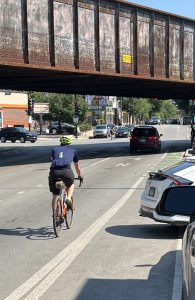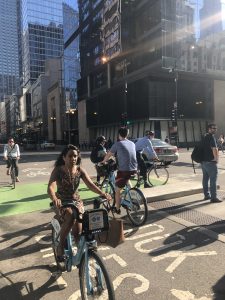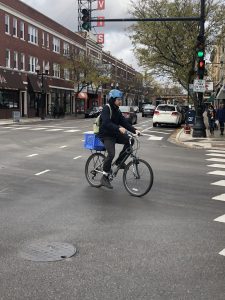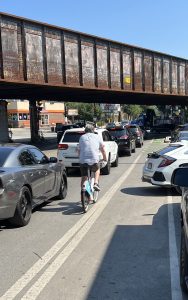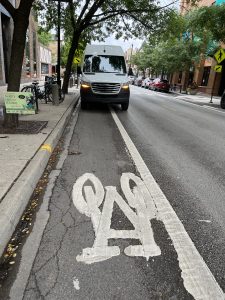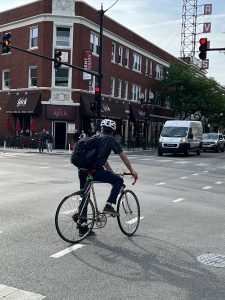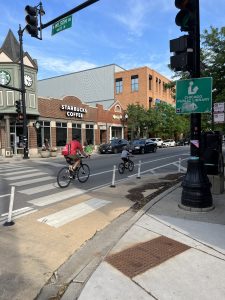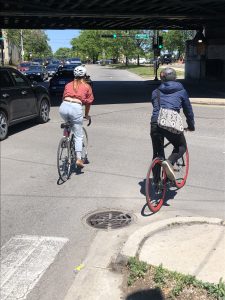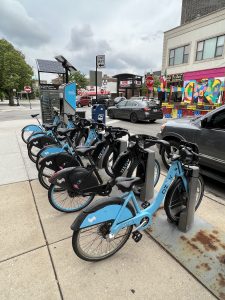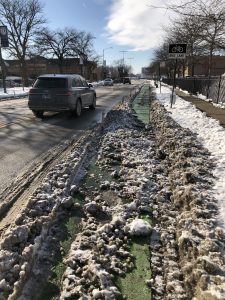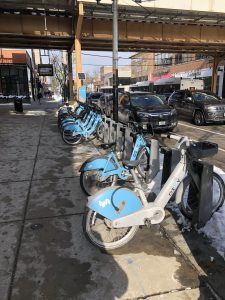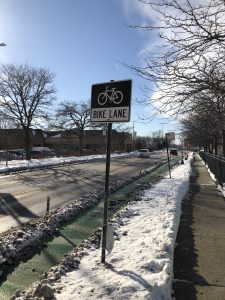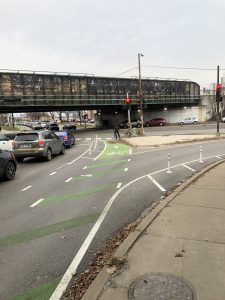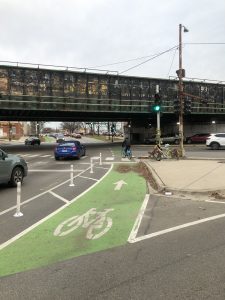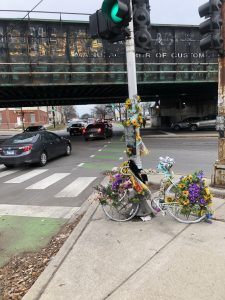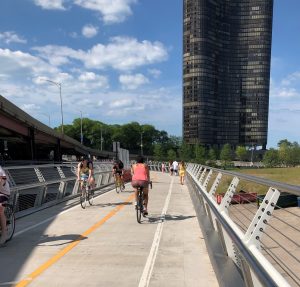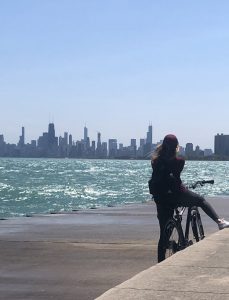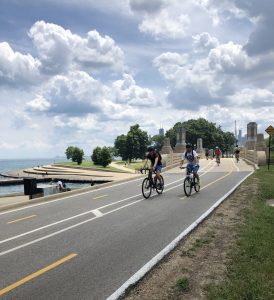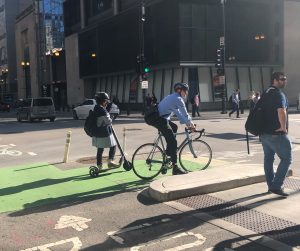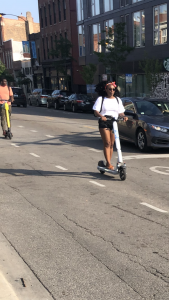The Chicago bicycle lawyers note that by the end of this year Chicago will have added more than 125 miles of new bike lanes and paths since 2020, creating a bike system with more than 400 miles. By the end of 2024 that number is expected to rise to a total of 500 miles. As the number of new bike lane miles has increased in Chicago and has generally been seen as a positive thing for city transportation, the issue of protecting bicyclist using those bike lanes has grown with the increase of lanes. Through the years many bike advocates have voiced their concern with the safety of bicyclist and have called for more protected bike lanes.
As part of a plan to give cyclist more protection Chicago has announced and initiated an infrastructural plan to protect bike lanes by implementing concrete curbs that act as a barrier from traffic lanes. The city looks to add 25 miles of protected bike lanes by upgrading 15 miles of current protected bike lanes and adding 10 new additional miles of protected bike lanes. By the end of this year the city will have hoped to have 70% of protected bike lanes be guarded by curb barriers.
Even as the city waits for the development and completion of concrete protected bike lanes, Chicago saw further fatalities this past summer, with at least two of those accidents involving children riding in the bike lane. A common issue in these types of accidents is when a vehicle is illegally parked in the bike lane which forces a bicyclist to have to go around the parked vehicle into a lane of traffic, thereby endangering the bicyclist.
A newly passed ordinance looks to address this problem and make it easier to enforce bike lane safety through the issuance of tickets to vehicles parked in bike lanes, increasing the fines for such tickets, increasing the number of agencies who can issue tickets, and requiring signs that warn of a closed bike lane. These measures for the time being, are a good step in the right direction, to ensure that bicyclists are safe when riding, until concrete curbed bike lanes are completed.
Still, many doubt the effectiveness of more efficient and expansive ticketing the ordinance brings since many vehicle operators have not been Continue reading
 Chicago Accident Lawyer Blog
Chicago Accident Lawyer Blog


